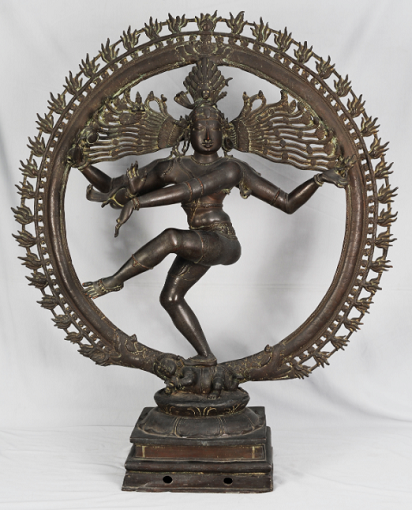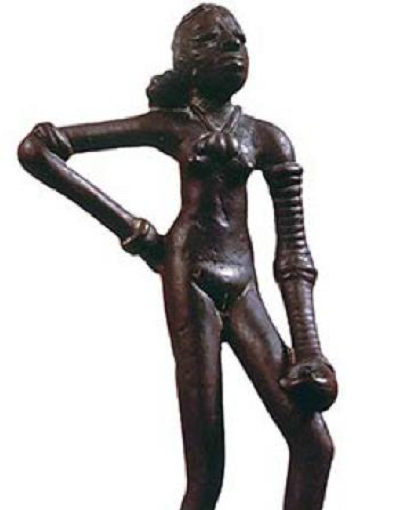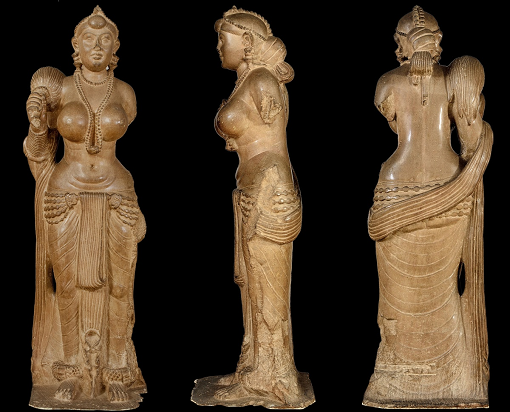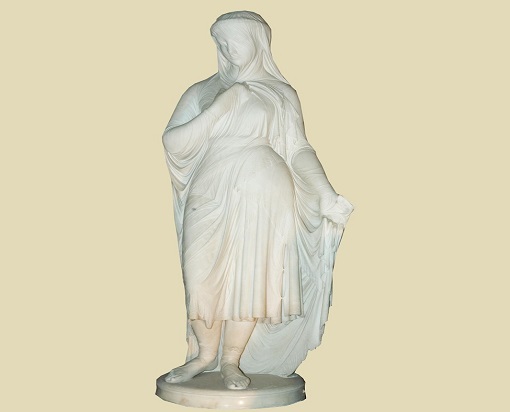Invaluable artifacts found in the museums of India
By :
Invaluable artifacts found in the museums of India
February 14, 2022
Museums are critical to preserving the history and heritage of any given country. The safe keep the antiquity of civilizations through centuries, narrating their cultural and artistic accounts to future generations.
Museums have existed in India since ancient times; however, they were recognized as a source of educational information and centers of cultural value in the last few centuries only. Encompassing a vast range of information of various eras and rulers, these are a hub for historic enthusiasts.
India’s first encyclopedic museum was established in Kolkata in 1814 by the Asiatic Society of Bengal. It later emerged as the “Imperial Museum” and is now called the “Indian Museum”. It is one of the largest and oldest museums in the Asia-Pacific region.
Presently, there are over seven hundred museums in India, preserving invaluable relics that are of great cultural significance.
Following are some of the fascinating relics on exhibit at Indian museums:
Lord of Dance 'Siva Nataraja' at National Museum, Delhi
Nataraja is one of Shiva's most prominent and visually stunning manifestations. The elegant bronze structure traces its history back to the Medieval era and has its origins in South India (~12th century). About 3 feet high by 2.7 feet wide, Siva Nataraja signifies art and music, portraying the panchkrityas (five activities) of Shiva: creation, destruction, preservation, grace, and veiling.
The sculpture is best known for its construction—the high level of aesthetic and technical skill in the use of metal.
'The Dancing Girl’ from Harappan Civilization at National Museum, Delhi
'The Dancing Girl’ sculpture is a captivating bronze statue dating back to 2500 BCE. The statue is one of the major relics from the Mohenjo-Daro archaeological site (declared a UNESCO World Heritage site in 1980). Less than half a foot high and wide, this relatively small figurine lead to the discovery of the artistic and metallurgical skills and ingenuity of the era. It also gave insight into the ornaments and styles prevalent during that period.
The sculpture was made using the ‘lost wax’ method—a form of metal casting in which molten metal is poured into a wax-model mold/frame.

‘Siva Nataraja’ depicts the panchkrityas (five activities) of Shiva

‘Dancing Girl’ figurine at National Museum, Delhi
Coin Collection at the Indian Museum, Kolkata
The Indian Museum has a collection of more than fifty-two thousand coins. These coins have been collected from all over the Indian subcontinent and span a period of 4th-5th century BCE to the present day

Coin Collection at the Indian Museum, Kolkata
The gallery display includes some of the earliest indigenous uninscribed coins (replicas, but also some originals).
‘Didarganj Yakshini’ at Bihar Museum, Patna
Didarganj Yakshi is considered to be one of the finest sculptures from the Maurya Dynasty (321 to 185 BCE). The relic stands at about 5 feet tall and is carved from a single block of Chunar sandstone. As per news reports, it was discovered on the banks of the Ganges in 1971. This magnificent sculpture symbolizes beauty and elegance, along with the expert skills of primeval India.

Didarganj Yakshini is a sculpture from Maurya Dynasty found at Bihar Museum, Patna
Largest Silver Vessels, City Palace, Jaipur
City Palace in Jaipur is a popular tourist attraction for people exploring the heritage of Rajasthan.
This museum displays enormous silver vessels that hold the Guinness World Record for the ‘largest single pieces of silver’—a pair of water jugs that weigh ~240 kgs made by Gorind Narain in 1902 for the Maharaja of Jaipur (1861-1922). About 5 feet tall and 8 feet in circumference, they have a capacity of 1,800 liters.
The 'Veiled Rebecca' at Salar Jung Museum, Hyderabad
The museum displays an original marble sculpture by G.B. Benzoni of Milan, entitled "Veiled Rebecca," which was completed in 1876. The marble it is made of reflects light uniquely, adding to the beauty of the sculpture. Both the covering and the figure are carved out of a single piece of rock. Salar Jung-I acquired the statue in 1876 during his visit to Rome.

The 'Veiled Rebecca', the marble beauty from Rome
Summing up
From Chitrashalas (school of art) to repositories housing artistic and archeological treasures of religious, cultural, and historical importance, museums in India have advanced significantly by acquiring more pieces and growing critical collections.
They do a great service by bringing attention to the culturally rich history of India, showcasing and preserving the astounding artifacts from several civilizations. As we proceed forward, these museums are becoming the mementos of time gone by, and a reminder of all the major eras and their contribution to our cultural heritage.